Background History
The Jacobite Rising of 1745 was the last of several military attempts to restore the Royal House of Stuart to the British throne. To understand what happened at Prestonpans on 20-21 September, we have to look back through several generations of dynastic politics:
Wars of the Three Kingdoms
The Scots reject a series of religious reforms by King Charles I, signing a National Covenant. The resulting conflict triggers a succession of devastating civil wars across the British Isles, and the Covenanters ally with the English parliament against the king. Charles I is executed by the English Parliament in 1649, but when the Covenanters proclaim his son to be Charles II their former allies in England turn on them. The republican forces are triumphant and Charles II returns to exile. Britain is governed by a Lord Protector, Oliver Cromwell.
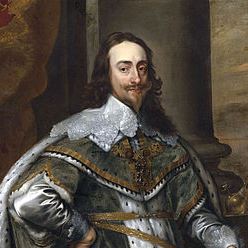
1639-51
The Restoration
After the death of Oliver Cromwell, the republican system is abandoned and Charles II returns as king. The Stuart monarchy is restored. Charles’ brother James, Duke of York, also returns from exile as the king’s heir apparent. The experience of the Stuarts returning to power after a long exile will be important in sustaining Jacobite support for so many years after the Williamite Revolution.

1660
James becomes King
Charles II dies and the crown passes to his brother James who has previously converted to Catholicism. A rebellion headed by an illegitimate son of the late king, the Duke of Monmouth, is defeated. James rules as King James II of England and VII of Scotland, but his Catholicism causes political tensions (his kingdoms remain officially Protestant).
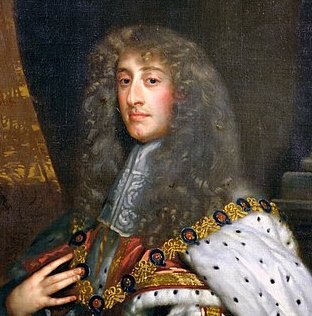
1685
The Williamite Revolution
The birth of James’ son, James Francis Stuart, triggers fears of a Catholic succession. One of James’ Protestant daughters, Mary, is invited by plotters to overthrow her father using the army of her husband, William of Orange. When the invasion occurs, James finds his support withering and is forced to flee. William and Mary become co-monarchs. After Mary’s death in 1694, William rules alone.

1688
The First Jacobite Rising
The Revolution is not unanimously accepted, and military opposition occurs in both Ireland and Scotland. Whilst James himself leads an army in Ireland, John Graham, Viscount Dundee, heads the resistance in Scotland. He leads a Highland army to victory at Killiecrankie but is killed in the fighting. A subsequent setback at Dunkeld cost the Jacobites their remaining momentum, and in May 1690 what remained of their strength was broken at Cromdale. In Ireland, where the fighting was on a larger scale, the Jacobites were defeated at the Boyne (1690) and then at Aughrim (1691). King James establishes a court in exile at Saint-Germain-en-Laye, near Paris.
1689-91
Queen Anne
After William’s death without a male heir in 1702, the crown passes to his late wife’s younger sister, Anne. The new queen is therefore the second of King James’ children to sit on the throne. The exiled king had himself died the previous year, leaving in exile his son and rightful successor, James Francis. Anne rules instead of her brother due to the Act of Settlement, by which parliament forbade a Catholic to rule. The Act of Union in 1707 effectively unites England and Scotland, and the Jacobites attempt to capitalise on its unpopularity. James Francis (King James III & VIII according to his supporters) tries to reach Scotland in 1708 but the attempt miscarries.
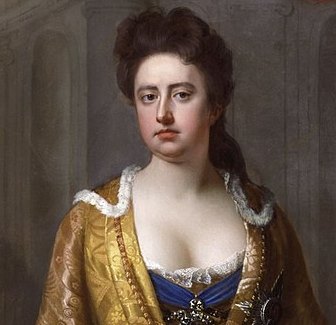
1707
The Hanoverian Succession
Many Jacobites, including James, hoped that Queen Anne would name her brother as her successor. But although Anne dies without an heir, she had accepted the Act of Settlement which excluded James and passed the crown to George of Hanover. His grandmother had been sister of King Charles I, so George’s claim rests on two female connections – a far weaker line than James’ direct male descent. The Act of Succession had made it treason to support James’ claim, however, and the protestant King George establishes a new royal dynasty. He retains his government of Hanover also, binding Britain to a new set of European obligations.
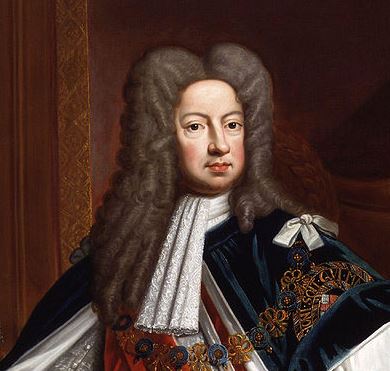
1714
The '15
The accession of George I is not universally popular and the new king proves ill-suited to winning over hearts and minds. When George offends the Earl of Mar, the latter sets up the Jacobite standard. The rising gathers significant numbers, with supporters coming out across Scotland and the north of England. But Mar’s leadership lacks dynamism and after an inconclusive battle at Sheriffmuir the tide turns away from him. The English Jacobites are defeated at the Battle of Preston on the same day. James Francis (pictured) lands in Scotland at Christmas-time, but it is already clear that the chance has been missed and he returns to the Continent.
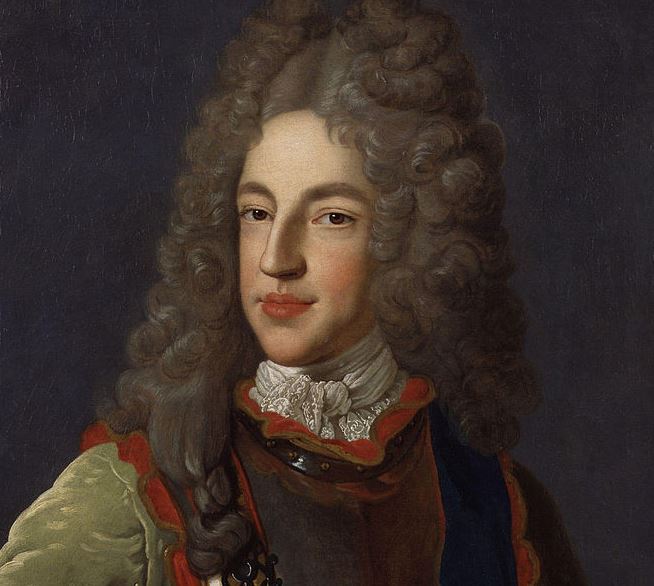
1715
The '19
Continental conflict encouraged Jacobite hopes again in 1718, resulting in an impossibly complex plan involving a Highland rising and both Spanish and Swedish expeditionary forces. Eventually a small force of Spanish troops does land in the north-west of Scotland, but without the main expedition the supporting uprising has no strategic objective. The Jacobites are driven from their positions at the Battle of Glenshiel and the rising comes to naught thereafter.
1719
Birth of Charles Edward
The Stuart court – now based in Rome – finally has cause for optimism. Following the defeats of 1715 and 1719, the birth of Charles Edward Stuart on 31 December 1720 is an important moment. The arrival of James’ first son gives the Stuart line a hope of continuity and – in due course – fresh leadership. Onto these young shoulders will rest the last hopes of the family. Another boy, Henry Benedict, will be born in 1725.
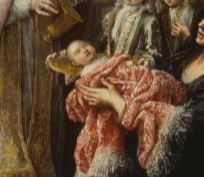
1720
George II becomes king
King George II succeeds his father in 1727, ruling in both Britain and Hanover. Many of the powers of government now rest with parliament rather than the monarch. Although the succession is unopposed militarily, the Stuarts in exile remain a focus for opposition and a rival court in European diplomacy.

1727
War of the Austrian Succession begins
The succession of Maria Theresa to the imperial throne of Austria provides the pretext for a major European war aimed at curtailing Hapsburg power. George II, as Elector of Hanover, has a clear interest in the outcome and sides with Maria Theresa against the expanding neighbouring state of Prussia and its French allies. British troops campaign on to the Continent. In 1743, George II personally commands his army against the French at the Battle of Dettingen.
1740
France summons Prince Charlie
As the war in Europe continues and the costs mount, the French consider the possibility that the Jacobites could provide a serious distraction for George II. Charles Edward Stuart, now in his twenties and showing promise as a leader, is secretly summoned to Paris from his father’s court in Rome. Initially it is proposed that he act as the figurehead for a French invasion of England, but the plan misfires after a storm wrecks much of the fleet.
1744
The Prince makes his plans
Eager to capitalise on their success at the Battle of Fontenoy, the French lose interest in an expensive diversion in Britain. Prince Charles Edward however has vowed to his father only to return to Rome if he has the crowns of Britian to present to him. Instead of abandoning his plans, Charles makes contact with Jacobite agents and sympathisers. In Brittany he prepares a private expedition to sail to Scotland. Intercepted by the Royal Navy, one of his ships is forced to turn back – but ignoring the diminishing odds the Prince sails on…
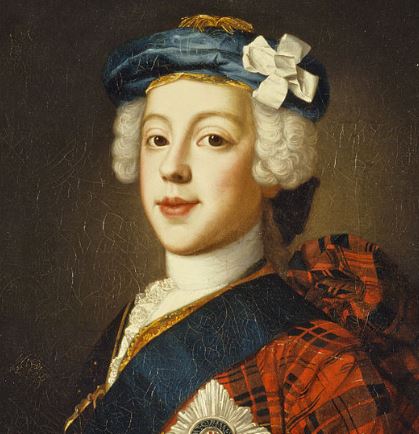
1745
``I am come home!``
Charles Edward Stuart lands on the island of Eriskay. Although he is immediately advised to return home since he has no French army to support him, the Prince replies “I am come home.” He crosses to the mainland and begins summoning his supporters. The date is set for a rendezvous, and the Prince anxiously awaits to see whether anyone will attend… (continue the story here)
23 July
1745